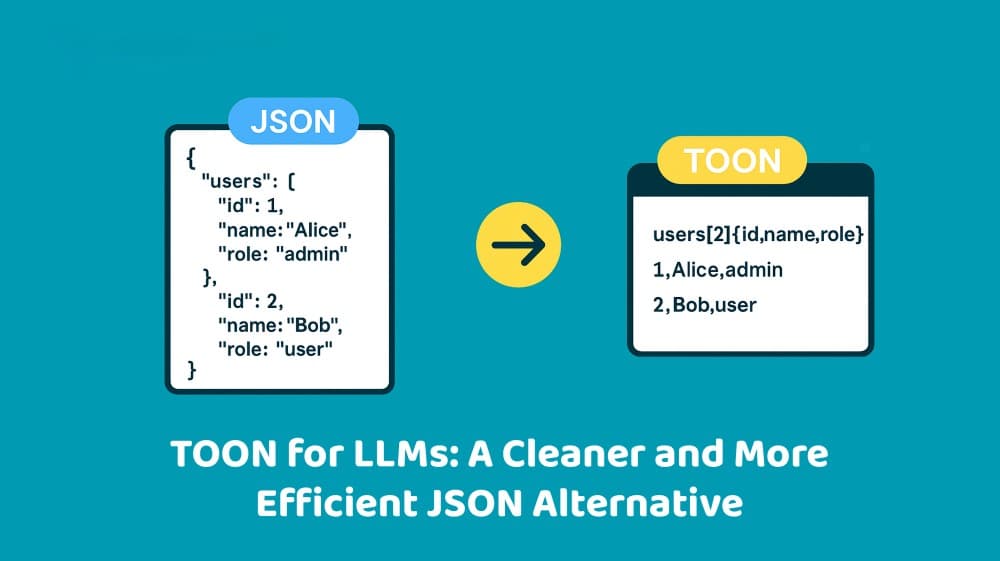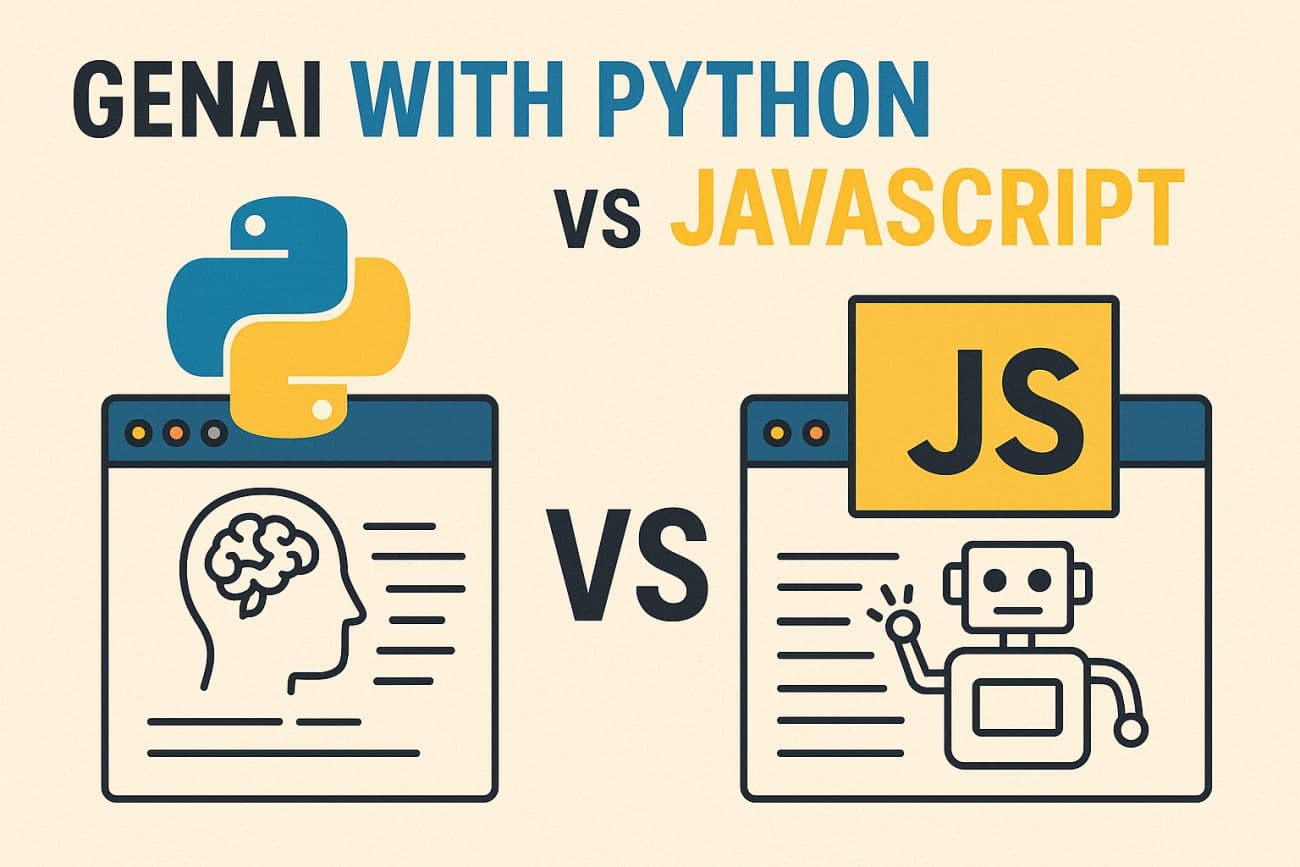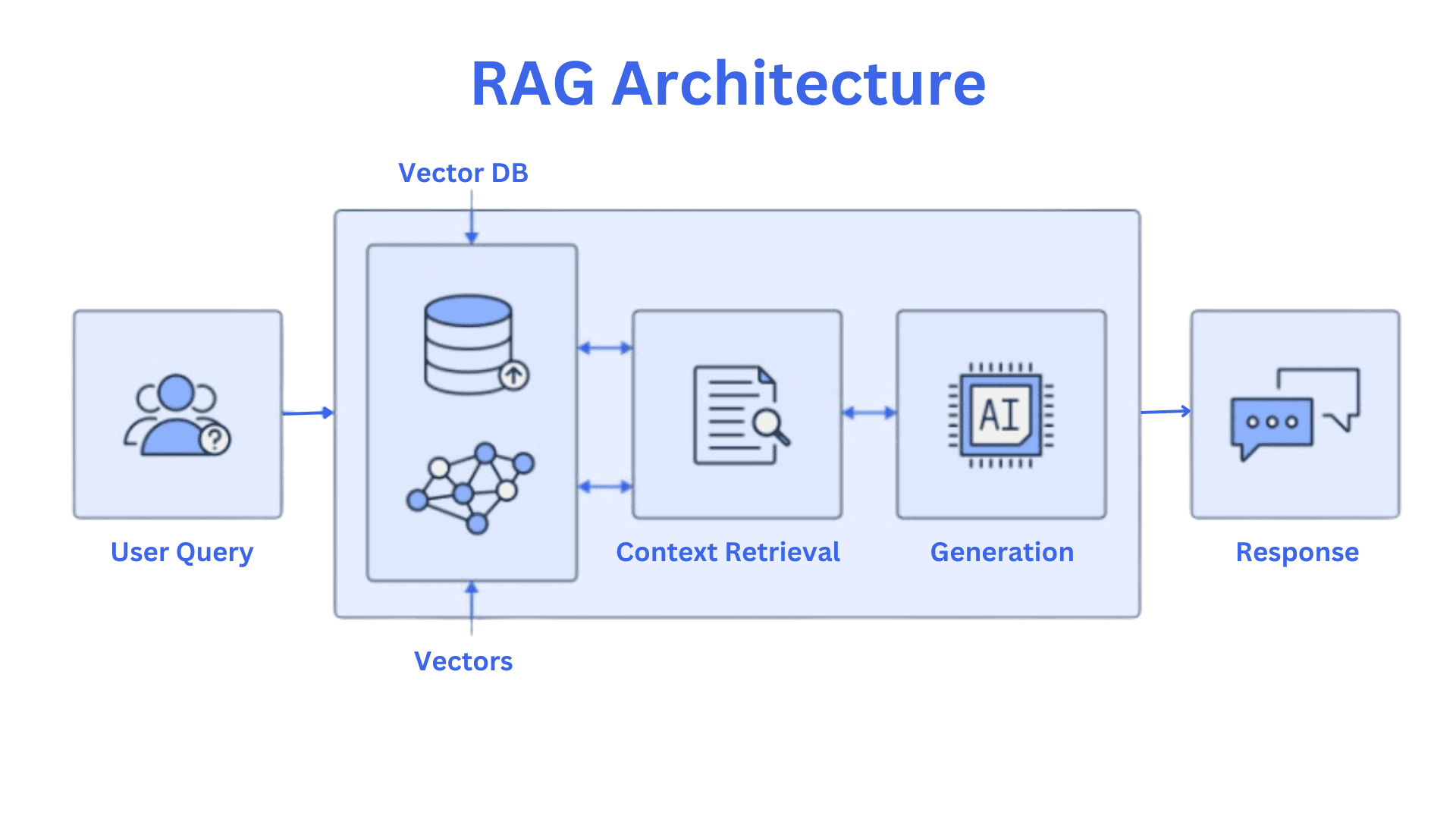Next.js 16: The Update That Finally Feels Built for Developers

Next.js 16: The Update That Finally Feels Built for Developers
After years of incremental improvements, Next.js 16 feels like the version where everything finally clicks. It’s faster, smarter, and more opinionated in the right ways — the kind of release that doesn’t just push performance forward but genuinely improves the developer experience.
Turbopack Is Finally Ready for Prime Time
It’s official — Turbopack is no longer in beta. The long-awaited successor to Webpack is now the default bundler in Next.js 16.
Built in Rust for raw speed, Turbopack delivers serious performance gains:
> Up to 10× faster Hot Reloading (Fast Refresh)
> 2–5× faster production builds
> File system caching that drastically cuts rebuild times
For developers, this means one thing — you wait less. Whether you’re editing UI components or running a full build, the dev loop now feels instant.
Still prefer Webpack? You can opt out easily:
next dev --webpack
next build --webpack
React Compiler Built Right In
Next.js 16 now integrates the React Compiler by default — part of React’s move toward more automated performance optimizations.
You no longer need to manually tweak memoization or worry about minor re-render inefficiencies. The compiler handles that for you behind the scenes, generating optimized code at build time.
This is a subtle but huge step: it shifts performance responsibility from the developer to the framework — a major quality-of-life upgrade.
Smarter Routing That Just Works
Routing has always been one of Next.js’s strongest features, but version 16 refines it even further.
> Better route resolution for dynamic segments
> Smarter defaults for layouts and nested routes
> Reduced configuration overhead for common patterns
In practice, this means you can focus on what your routes do — not how they’re wired. The app router feels more intuitive and less brittle, especially in complex projects.
A New Era of Caching
Caching is no longer an afterthought. Next.js 16 introduces modern caching APIs designed for real-world use cases like data revalidation, server rendering, and incremental regeneration.
You can now:
> Cache data at the route or fetch level
> Easily control cache invalidation
> Combine caching with streaming and edge rendering for hybrid setups
This gives developers fine-grained control over performance — without needing to bolt on third-party tools.
Stability Meets Simplicity
Next.js 16 isn’t just about new toys — it’s about maturity.
The framework feels cohesive, stable, and truly production-ready.
Highlights
> Improved error handling and stack traces
> Better build diagnostics with Turbopack
> Simplified configuration (fewer overrides, more defaults that make sense)
> Tight Vercel integration — faster deploys with smarter caching
These improvements make day-to-day development smoother, cleaner, and less surprising.
Breaking Changes & Migration Tips
Upgrading to Next.js 16 is straightforward, but here’s what to check first:
1. Custom Webpack configs — ensure plugins/loaders are compatible or switch to Turbopack defaults.
2. Routing logic — if you used experimental app router features, re-test for subtle behaviour changes.
3. Cache layer — older caching strategies might need updates to align with new APIs.
4. Testing setup — CI/CD builds may need flag adjustments (--turbopack is now default).
Pro tip: upgrade in a branch, measure build times, and confirm all routes and APIs behave as expected before merging.
Why This Version Feels Developer-First
What sets Next.js 16 apart isn’t just new tech — it’s intentional design.
This update focuses squarely on the developer experience (DX):
> Faster feedback loops
> Fewer config files
> More reliable defaults
> Deeper React integration
> Smarter caching and routing
It’s the kind of release where every new feature solves a real-world pain point developers have been feeling for years.
The Future of Next.js
With Turbopack stable, React Compiler embedded, and the caching layer re-imagined, Next.js 16 sets a foundation for the next era of web frameworks — one that’s truly performance-driven but developer-friendly.
Expect the upcoming versions to build on this base — think deeper server actions, even smarter edge rendering, and possibly more AI-driven optimizations baked right into the pipeline.
Final Thoughts
Next.js 16 isn’t just a framework update — it’s a statement.
It says: “We’ve listened to developers.”
If you’ve been holding off upgrading, now’s the time.
If you’ve never tried Next.js, this is the version to start with.
Because for once, it really does feel built for developers.



